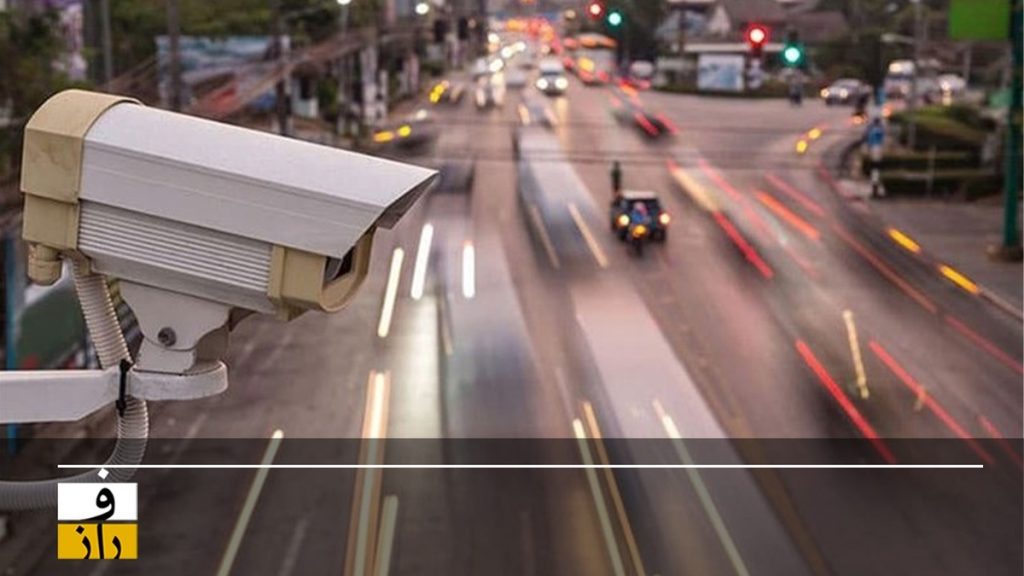
Rewritten Title:
Security vs. Surveillance: The Debate Over Camera Access in Iran’s Hijab Law
A Controversial Clause in Iran’s Hijab Law
While tensions linger from recent conflicts, a clause in Iran’s “Hijab and Chastity” law has sparked debate over national security. The provision would have granted law enforcement access to surveillance footage from sensitive institutions—including the Ministry of Intelligence, the Atomic Energy Organization, and the Ministry of Defense—ostensibly to enforce mandatory hijab compliance. Critics warned that such access could create vulnerabilities for foreign espionage.
Though the Supreme National Security Council halted the measure, the controversy raises a critical question: Should national security be compromised for ideological enforcement?
Security Risks vs. Enforcement Priorities
Article 62, Note 1 of the law explicitly permitted the sharing of surveillance footage with law enforcement, provided “security and protective considerations” were observed. While framed as a tool for stricter hijab enforcement, analysts argued that broad access to sensitive cameras could expose critical infrastructure to infiltration—especially given Israel’s alleged intelligence operations in Iran.
The law, passed in 2023 and set for implementation in late 2024, mandated cooperation from all public institutions and private entities in identifying and reporting violations. Legal experts and even some government officials criticized the measure as impractical and dangerous, citing risks to civil liberties and security.
Public Surveillance and Lack of Transparency
Despite the suspension, reports emerged of automated text messages being sent to citizens flagged for alleged dress code violations. The Committee for the Promotion of Virtue and Prevention of Vice, tasked with enforcement, declined to clarify how individuals were identified—fueling speculation about unauthorized camera access.
A spokesperson for the committee in Fars Province defended the opacity, stating, “Decisions are made collectively by 18 agencies, but operational details need not be public.” This response hinted at inter-agency coordination in monitoring public spaces, raising further concerns about oversight.
Espionage Concerns and Historical Precedents
The debate takes place against a backdrop of heightened security tensions. Recent conflicts have underscored vulnerabilities to foreign intelligence operations, with reports of targeted strikes on Iranian scientists and military figures. Historical parallels, such as the case of Israeli spy Eli Cohen in Syria, serve as cautionary tales about deep infiltration.
Given these risks, critics argue that expanding camera access for non-security purposes—such as hijab enforcement—could inadvertently aid adversaries. The episode highlights the delicate balance between ideological policies and safeguarding national security.
Conclusion: Security First?
The halted clause underscores a broader dilemma: Can ideological enforcement coexist with robust security protocols? While the Supreme National Security Council’s intervention averted immediate risks, the incident has reignited discussions about prioritizing Iran’s defense infrastructure over divisive social policies.
As Iran navigates external threats, the episode serves as a reminder that national security must remain paramount—lest internal measures unwittingly pave the way for external exploitation.